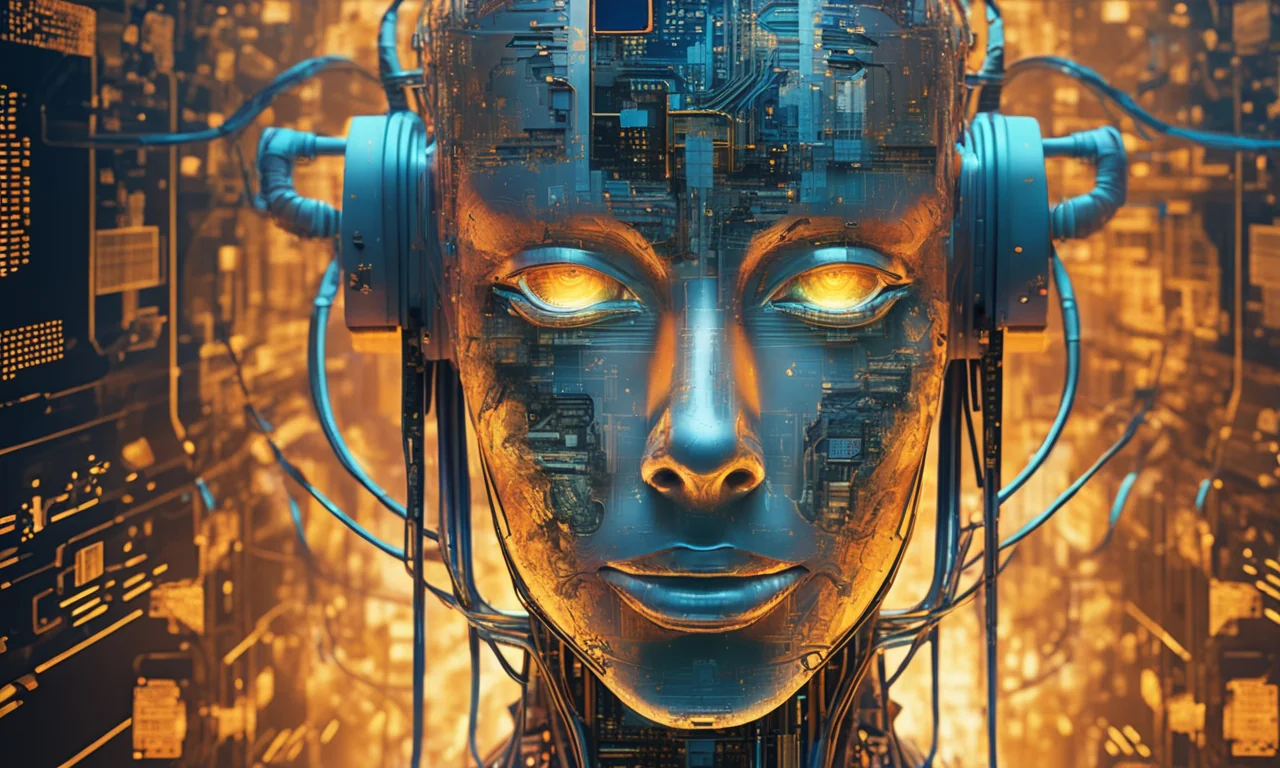
California Enacts Sweeping AI Safety Law Amid Industry Upheaval
The surge in regulation and automation is reshaping creative, scientific, and enterprise landscapes.
Today's Bluesky pulse on artificial intelligence is a jolt of contradiction: grand ambitions collide with regulatory caution, creative disruption battles job anxiety, and the AI gold rush finds new skeptics. From OpenAI's attempt to clone TikTok to California's sweeping legal interventions, the day's discussions reveal a community wrestling with the promises and pitfalls of an increasingly automated world.
Regulation, Risk, and the Reality Check
The announcement that California has passed a landmark AI safety bill sets the tone for heightened scrutiny across the ecosystem. The legislation, targeting companies with advanced AI models, demands rigorous safety disclosures and swift incident reporting, a move that's as much about public relations as it is about practical governance. This legal momentum is mirrored by enterprise anxiety over “shadow AI” security risks, with startups and analysts warning of unaccountable non-human identities quietly accumulating access to sensitive systems.
"The ultimate solution to the problems of AI is to transition to a resource based economy. Because in a resource based economy, people would be far less likely to misuse the technology."- @timelike01.bsky.social (6 points)
While the regulatory wave is cresting, some voices argue the real fix lies in a deeper economic transition, not just more rules. In contrast, the launch of UC San Diego's new undergraduate AI major signals academia's intention to prepare the next generation for a world where ethical and technical fluency are inseparable. If California is building fences, universities are training the gardeners.
Creative Disruption: Artists, Audiences, and Algorithmic Fame
Within the creative industries, the debate has shifted from theoretical to existential. The emergence of Tilly Norwood, a hyperrealistic AI actor, has divided Hollywood, with actors decrying what they see as the ultimate commodification of performance. Yet, as AI audiences “rave,” the underlying tension is clear: controllable talent versus authentic artistry, and the specter of mass displacement hangs over both camps.
"Okay so with all that's going on around social media these days OpenAI decides the action they're going to take is...to make AI TikTok? That sounds like a great idea. Truly the best."- @countablenewt.mastodon.social.ap.brid.gy (18 points)
Research cited in a recent post suggests that up to 26% of tasks in arts and media could soon be automated. Despite the fears, the study claims AI will amplify, not annihilate, creative potential. This is echoed by advances in tools like Wacom's MovinkPad Pro 14, designed for artists who want to ride the wave rather than be swept away. The irony is palpable: while tech firms try to make AI “fun” and accessible, the creative class wonders if the party is really for them.
AI's Expanding Frontiers: Science, Medicine, and Quantum Leap
Amidst controversy and caution, AI continues to push boundaries in science and healthcare. The unveiling of a new AI tool for skin cancer prediction exemplifies the tangible benefits that machine learning can deliver in critical domains. This drive for positive impact is further underscored by MIT's SCIGEN project, where generative models are designing quantum materials that could fast-track breakthroughs in superconductivity and computing.
"MIT researchers have developed SCIGEN, a generative AI tool that guides models to create quantum materials with exotic properties, accelerating the search for breakthroughs in superconductivity and quantum computing."- @odsc.bsky.social (5 points)
What's striking is how these advances stand in stark contrast to the skepticism pervading social media, where OpenAI's latest move is greeted with sarcastic disbelief and the notion of “AI TikTok” is almost a punchline. The daily Bluesky discourse thus captures a paradox: AI's most meaningful progress may be happening far from the spotlight, in the hands of scientists and engineers, not influencers and app designers.
Journalistic duty means questioning all popular consensus. - Alex Prescott